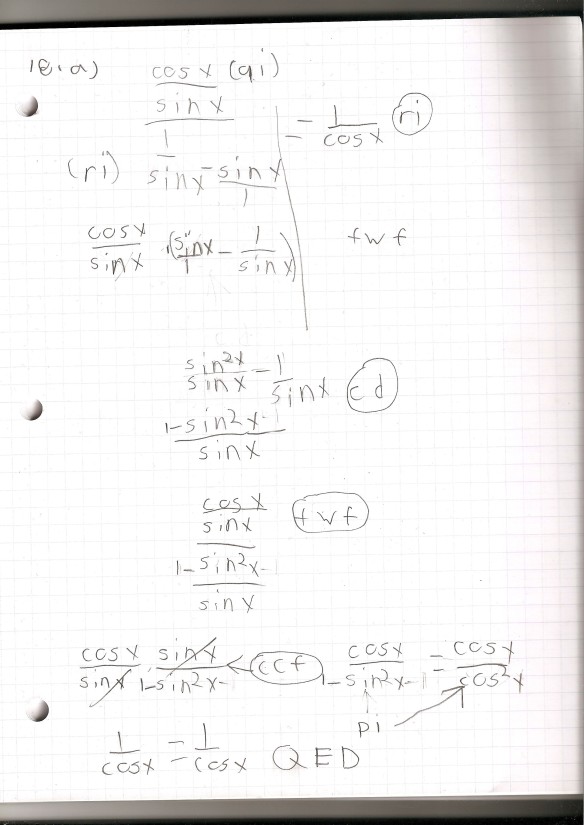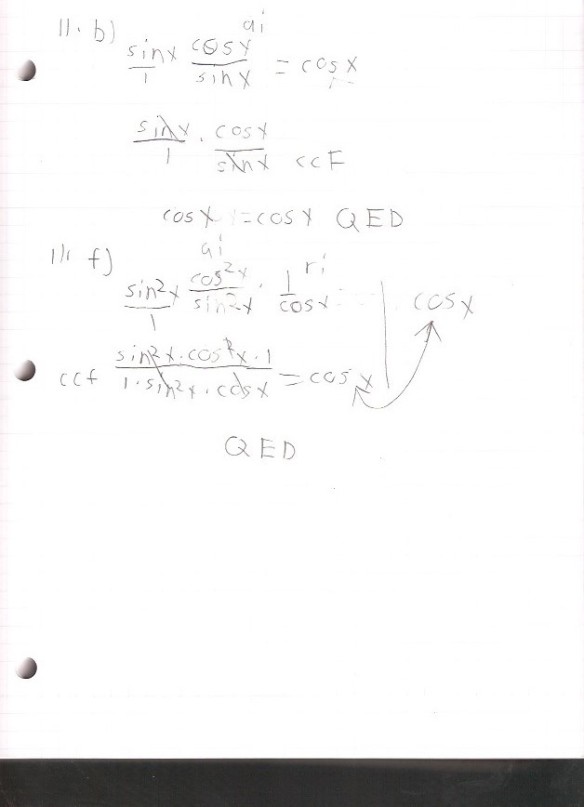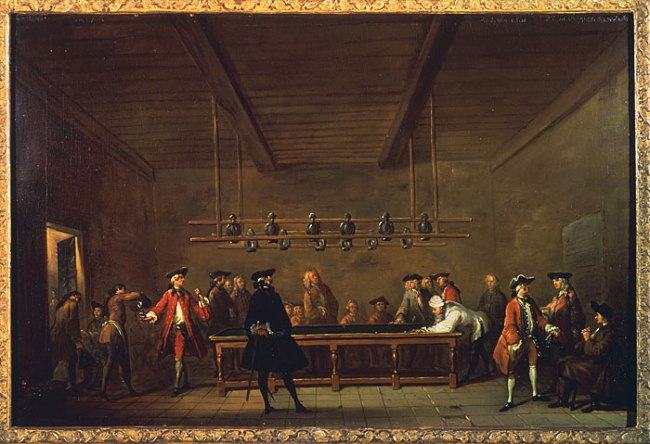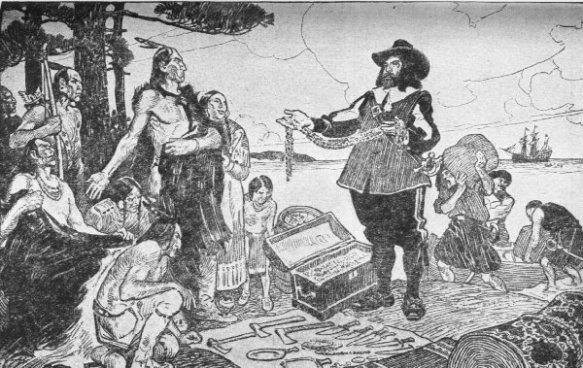Circle
definition: the locus of a point which is equidistant from a fixed point.
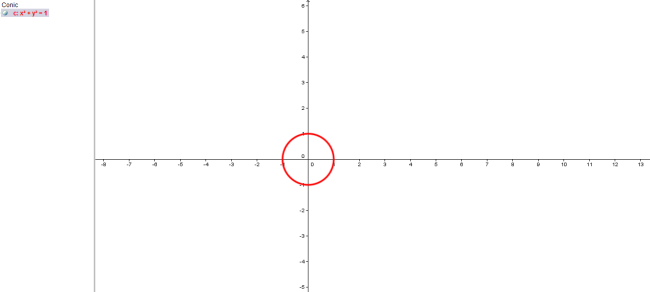
all the parameters are straight forward. the two formulas are x^2+y^2=1 and the second one is x^2/a^2 + y^2/b^2=1 but remember a and b must be the same or else their not a circle but an ellipse. remember if you are given the distance between one vertex to the origin you know that the rest are the same. example say you know that the circle is 10 units long on the x axis you know that the y axis is the same or else it’s not a circle but am ellipse.
Ellipse
definition: the locus of a point which is a constant sum of distance from two fixed points.
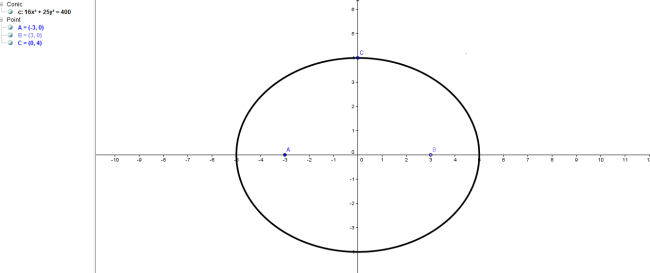
 these are both ways the ellipse can be placed it depends on whether a or b is bigger. if a is bigger the major axis is on the x axis but if b is bigger the major axis is on the y axis as shown by the two conics above. the first graph would look like this x^2/5^2+y^2/4^2=1and the second looks like this x^2/4^2+y^2/5^2. the major axis goes on the side which is bigger and the minor axis is goes on thee smaller side. to find a or b you must have a or b and the c which is the distance between the origin and the focus. the formula which helps us is c^2=semi major^2- semi minor^2 this formula works for both vertical and horizontal ellipses. also remember that in every ellipse they have two foci so u can use either or. now to put the formula to use say that we know that the foci are (+and -10,0) and the b is 6. we know that for starters our ellipse is horizontal because if the foci are on the x axis and the foci are always on the major axis which lets us know what kind of ellipse we’re dealing with. alright so are c is 10 and are b is 6 so we must add c^2 and b^2 to get a^2. 10^2+6^2=a^2 a^2=136 we’re not done here we want just a. sqrt(136)= a a=11.66190379. the formula for this ellipse is x^2/11.66190379^2+y^2/6^2. oh just remembered something important if u add both the focal radii it equals the same as the major axis.a focal radius is the distance from a focus to a point on the ellipse.
these are both ways the ellipse can be placed it depends on whether a or b is bigger. if a is bigger the major axis is on the x axis but if b is bigger the major axis is on the y axis as shown by the two conics above. the first graph would look like this x^2/5^2+y^2/4^2=1and the second looks like this x^2/4^2+y^2/5^2. the major axis goes on the side which is bigger and the minor axis is goes on thee smaller side. to find a or b you must have a or b and the c which is the distance between the origin and the focus. the formula which helps us is c^2=semi major^2- semi minor^2 this formula works for both vertical and horizontal ellipses. also remember that in every ellipse they have two foci so u can use either or. now to put the formula to use say that we know that the foci are (+and -10,0) and the b is 6. we know that for starters our ellipse is horizontal because if the foci are on the x axis and the foci are always on the major axis which lets us know what kind of ellipse we’re dealing with. alright so are c is 10 and are b is 6 so we must add c^2 and b^2 to get a^2. 10^2+6^2=a^2 a^2=136 we’re not done here we want just a. sqrt(136)= a a=11.66190379. the formula for this ellipse is x^2/11.66190379^2+y^2/6^2. oh just remembered something important if u add both the focal radii it equals the same as the major axis.a focal radius is the distance from a focus to a point on the ellipse.
Hyperbola
definition: the locus of points the difference of whose distances from two fixed points is a constant.
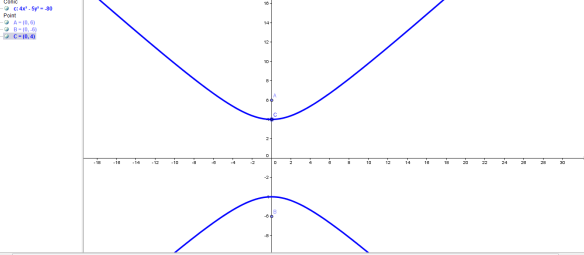
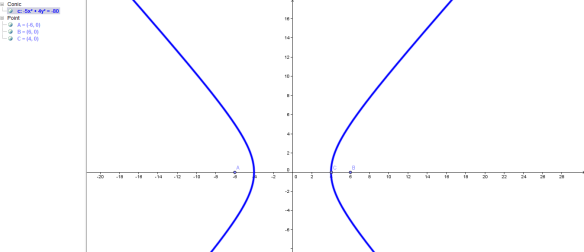
these are both ways the hyperbola can be it just depending on which is bigger the a or b. the first graph’s formula is y^2/b^2-x^2/a^2=1 and the second graph’s formula is x^2/a^2-y^2/b^2=1.the transverse axis is the line which is from vertex to the other one. the conjugate axis the point from the vertex to the asymptote.the transverse axis can be found by doing |L1|- |L2|. to find the rule of the asymptote you have to pick a point (a,b) i must put it like so y=+ or – b/a x. for example i take a point (5,2) the formula would look like y= +or- 2/5x. to find the foci i must use Pythagoras theorem ( c^2= a^2+ b^2). for example say I’m given the formula x^2/6- y^2/10 i would do 6+10=16 then sqrt(16) to get c and c equals 4.
Parabolas
definition: the locus definition of parabola is a point that is equidistant from a fixed point and a fixed line.
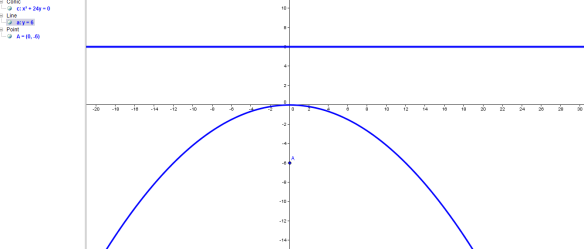
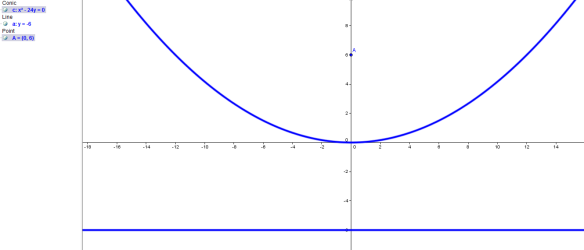
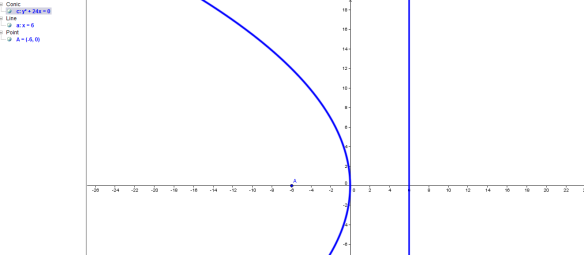
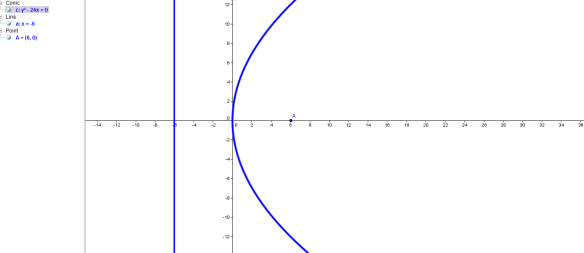
the first graph is y= a(x-h)^2 +k, the second is y= -a(x-h)^2 +k, the third is x= -a(y-k) +h and the fourth is x= a(y-k) +h. the vertical or horizontal line is know as the directrix and the point is the focus. c is the distance between the directrix or the focus to the origin of the parabola. to calculate c u must know what a is because c=|1/4a|. for example say i know a is 2 and i know that c =|1/4a| this can help me figure out what the function is. so for here the function is y=1/8 x^2. remember on this function both focal radii will always equal the same. also, i noticed that the function x= +or-a(y-k) + h is kinda like to square root functions put together kinds like how if u put two linear together u can make an abs function.
well that’s it for conics cya =)










